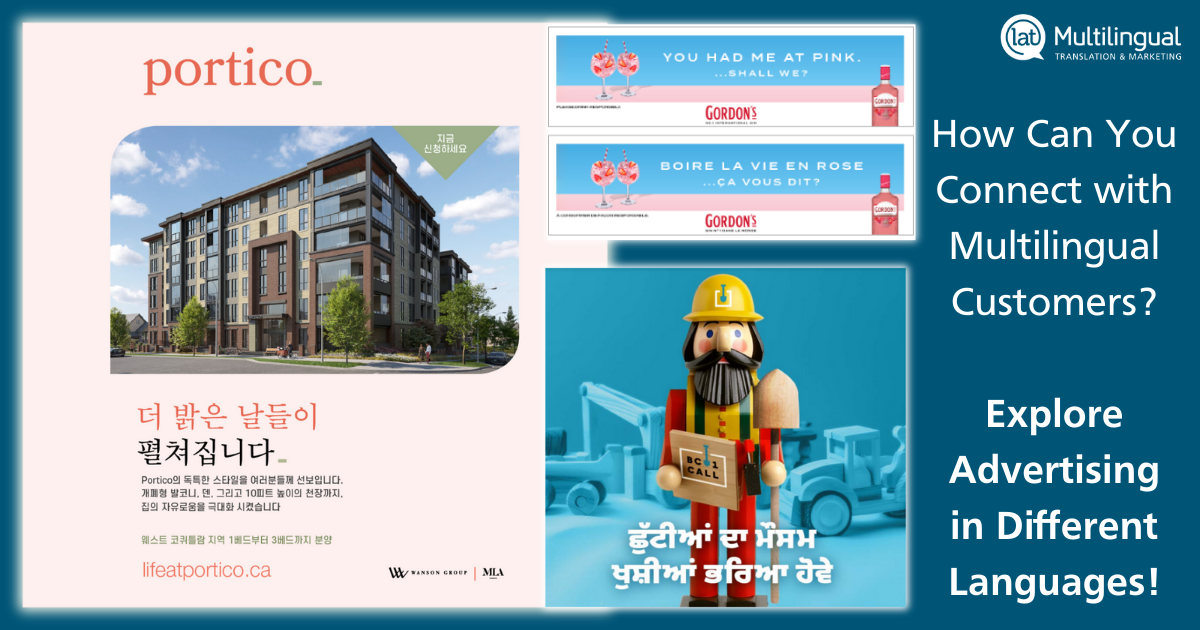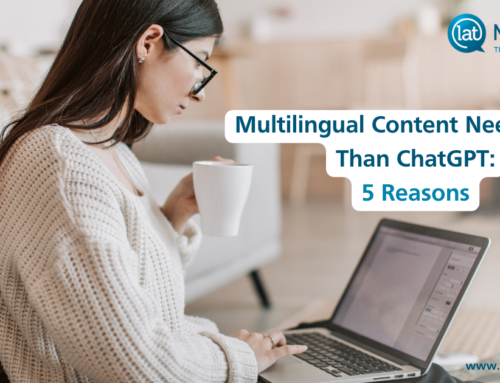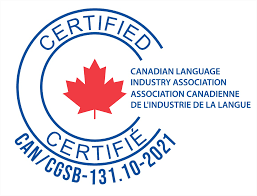Google Ads is one of the most popular tools for digital advertising – and one of the most expensive. Ad spending on Google has risen by 17% YoY in the US! But did you know that advertising in different languages can lower the cost of your ads and make them more effective at the same time?
Keywords in non-English languages typically cost less. It’s simple! Have your ad content professionally adapted to the language(s) of your target audience(s), then use Google’s targeting features to reach your customers in their own language.
Here are a few important details to consider when advertising to different language groups.
Why translate your Google Ads?
Google has almost 90% of the market share for search engines in North America, and an extensive display network of websites where you can bid for banner ads, video ads, and shopping ads.
With such a broad potential reach, marketers need to target campaigns carefully, using Google’s keyword, segmentation, and geographic targeting features.
Language Targeting
Many companies overlook Google’s language targeting option when setting up their ads. Did you know that ads in different languages can help you reach the 79 million US and Canadian residents who speak a language other than English at home? Considering that half of all Google searches are in non-English languages, advertising in other languages offers a considerable opportunity to increase your reach.
The most expensive keywords on Google are English words and cost over $30 per click. Non-English words are less expensive, but no less relevant when using the right targeting strategy.
The upshot? Your ad campaign will be more relevant, less expensive, and more visible to your audience if it is crafted in their own language.
Adapting Your Ads in Different Languages
Working with language professionals ensures that your ad campaign takes into account the cultural context of your message. Your translation team should recreate your content and slogan, and adapt your product names and descriptions, always with your target audience in mind. This process is known as transcreation.
As LAT’s Vice-President and Creative Lead Julie Wong-Gravend points out, “In the context of a local diverse market and an international market, companies must remember that their customers come from different backgrounds both linguistically and culturally. What works for one community might not work for another one. When adapting content for a brand, we need to keep those elements in mind.”
For example, our work with Diageo involved adapting slogans to appeal to a French-Canadian audience. The team went beyond translation to create new slogans that fit with the brand’s identity and the local Quebec culture.


Tips on Creating Effective Ad Campaigns in Different Languages
Beyond the words in the campaign itself, it’s a good idea to remember that your ad belongs to an ecosystem with other elements that will determine how effective it is. That means you should also consider things like:
Multilingual Keywords for SEO
The search terms your audience uses will very likely not be a direct translation of the keywords in English. Cultural references and dialects are crucial in advertising.
For example, French Canadians speak in a different dialect than Parisian French speakers. So if you’re targeting Quebecois speakers, you’ll need to use different keywords – like the term “coton ouaté” to search for “hoodie,” rather than the Parisian “sweatshirt à capuche.”
Geographic Targeting – Know Your Audience
Since dialect and cultural context are heavily dependent on geography, it’s important to match your keywords and language with the right geographic location. You can target countries, states and provinces, cities, neighbourhoods, or even a radius around a location.
This type of geographic targeting can be very useful. Here’s a recent example: a real estate developer reached out to us to help sell their units. Given that the residential project was in an area strongly preferred by the Korean community, our team at LAT adapted the client’s ads into Korean and leveraged Google’s ads’ location targeting to feature the ads to the Korean community in the Greater Vancouver Area.

Customer Journey
What happens once your customer clicks on your ad? If your landing page is also translated into their language, they’ll stay twice as long. When you consider the entire customer journey, you’ll go from click to conversion and see real revenue from your campaigns.
Ready to Create your next Google Ad Campaign? We’re Here to Help!
Multilingual advertising can have a great return on investment, but creating effective ads with the right wording and reach can also get complicated quickly. Fortunately, you don’t have to do it on your own.
At LAT Multilingual, our experts can help you craft custom messaging for each of your target audiences. Our culturally informed approach includes SEO services, transcreation, and a variety of other multilingual translation services to ensure your message is a fit for your audience.
Want to start creating your multilingual Google Ad campaign? Reach out to LAT Multilingual today!













